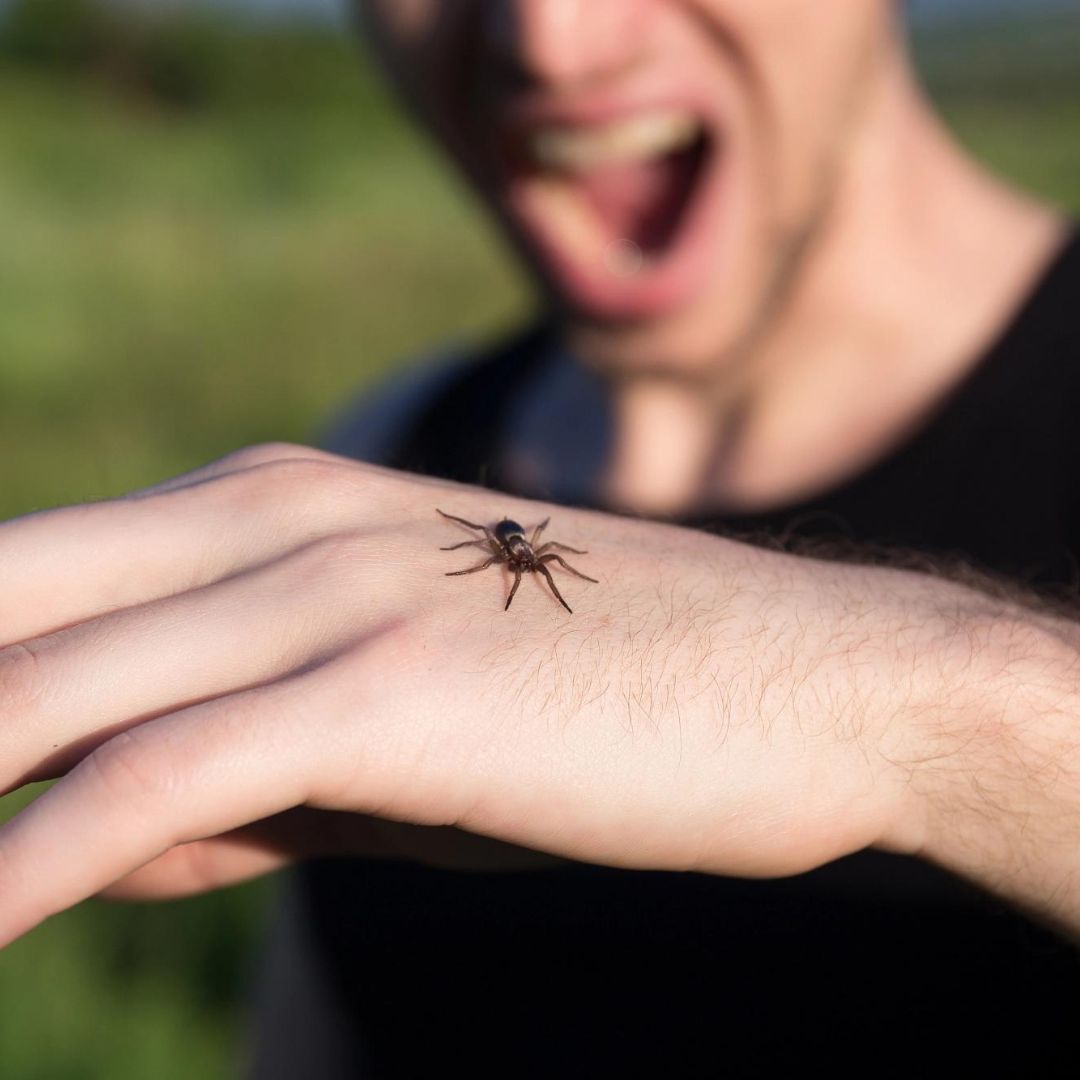Spider bites can be a cause of concern, especially when you’re unsure about the type of spider that bit you. While most spider bites are harmless and cause only minor irritation, there are a few species whose bites can lead to more severe reactions. In this article, we’ll explore when to worry about a spider bite and what steps to take if you suspect you’ve been bitten by a potentially dangerous spider.
Identifying the Spider:
The first step in assessing a spider bite is to identify the spider, if possible. Some spider bites, like those from common house spiders, are generally harmless and cause minor symptoms such as redness, itching, and swelling. However, there are a few spider species in different parts of the world whose bites can be more problematic:
Black Widow Spider: Black widow spider bites are known for causing severe pain, muscle cramps, and in rare cases, more serious symptoms. These spiders are identifiable by their black color and distinctive red hourglass-shaped markings on their abdomen.
Brown Recluse Spider: Brown recluse spider bites can lead to necrotic skin, meaning the affected tissue dies and may require medical attention. They are brown with a distinct violin-shaped mark on their back.
When to worry about a spider bite:
Here are some signs that should make you more concerned about a spider bite:
Severe Pain: If the pain at the bite site is intense and not improving, it could be a sign of a more concerning spider bite.
Muscle Cramps: Muscle cramps, especially if they are spreading from the bite area, can be indicative of a black widow spider bite.
Systemic Symptoms: Symptoms like fever, chills, nausea, vomiting, or a rash that’s spreading can be alarming and should prompt immediate medical attention.
Necrotic Skin: If you notice a dark, blistering, or ulcerating wound at the bite site, this could be a sign of a brown recluse spider bite.
Allergic Reactions: In rare cases, individuals may be allergic to spider venom, leading to an anaphylactic reaction, which requires immediate medical intervention.
What to Do if You Suspect a Dangerous Spider Bite:
If you suspect you’ve been bitten by a potentially dangerous spider or are experiencing severe symptoms, here’s what you should do:
Seek Medical Attention: The most critical step is to seek medical attention promptly, especially if you suspect a black widow or brown recluse spider bite. Early intervention can prevent the progression of symptoms.
Wash the Bite: Clean the bite area with mild soap and water to prevent infection.
Apply a Cold Compress: Applying a cold compress can help reduce pain and swelling.
Keep the Bite Area Elevated: Elevating the affected limb can also help reduce swelling.
When Spider Bites Are Harmless:
The majority of spider bites are harmless and resolve on their own with basic care. Here’s what to do when you suspect a non-dangerous spider bite:
Clean the Bite: Wash the bite site with soap and water to prevent infection.
Apply an Antiseptic: Applying an antiseptic ointment and covering the bite with a clean bandage can help protect it.
Preventing Spider Bites:
Prevention is key to avoiding spider bites. Here are some tips:
Shake Out Clothing: Before putting on shoes, clothing, or gloves that have been unused for a while, shake them out to dislodge any hiding spiders.
Use Protective Clothing: When working in areas where spiders may be present, wear long-sleeved shirts, long pants, and gloves.
In conclusion, while spider bites can be concerning, the majority are harmless and require basic care. However, if you suspect a dangerous spider bite or are experiencing severe symptoms, seeking medical attention is crucial. Identifying the spider and being aware of the symptoms to watch for can help you determine when to worry. Prevention measures can also go a long way in reducing the risk of spider bites in the first place.


